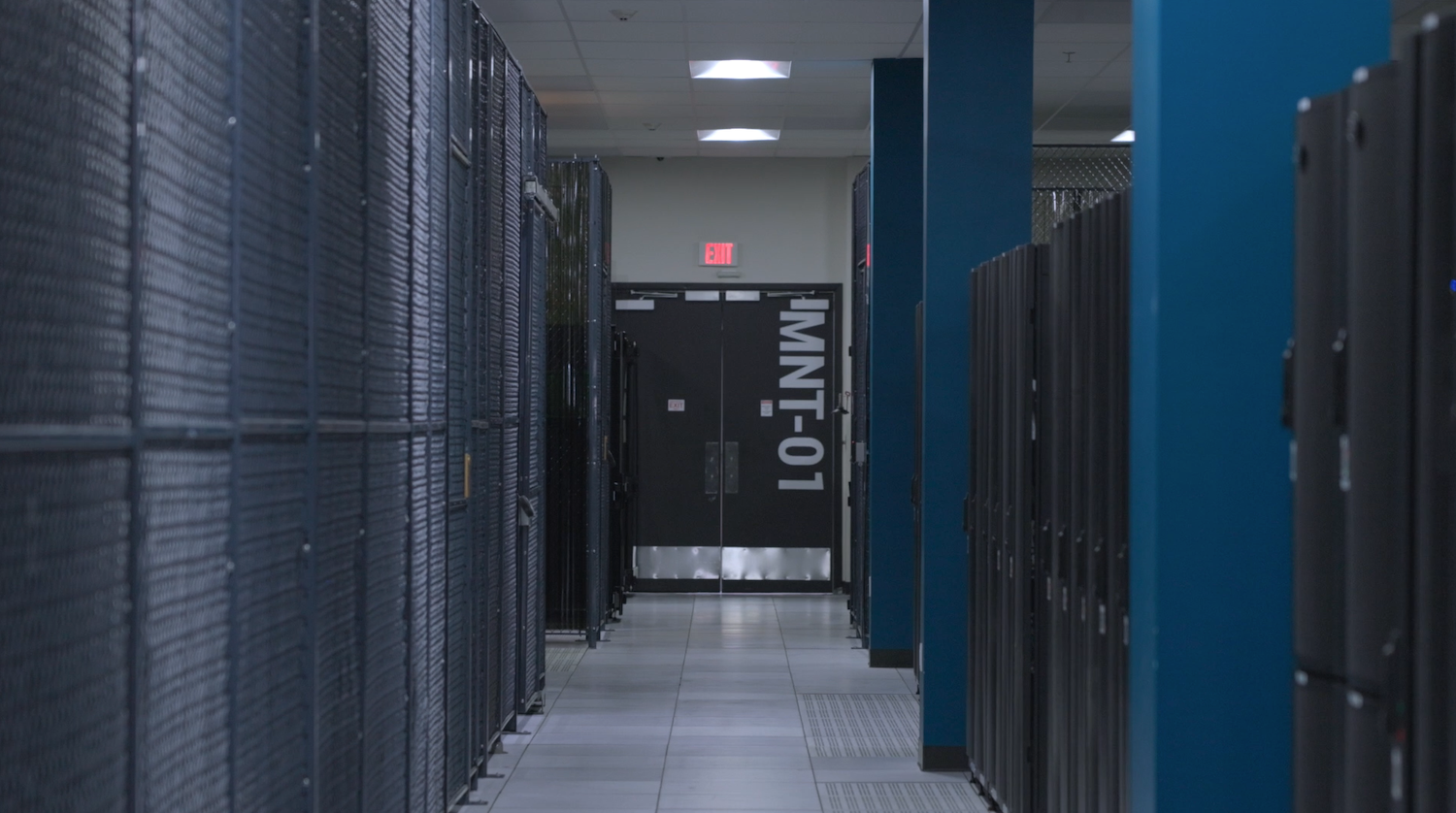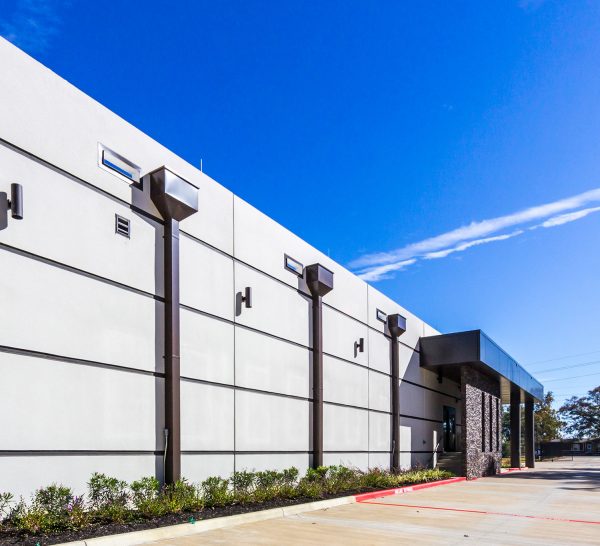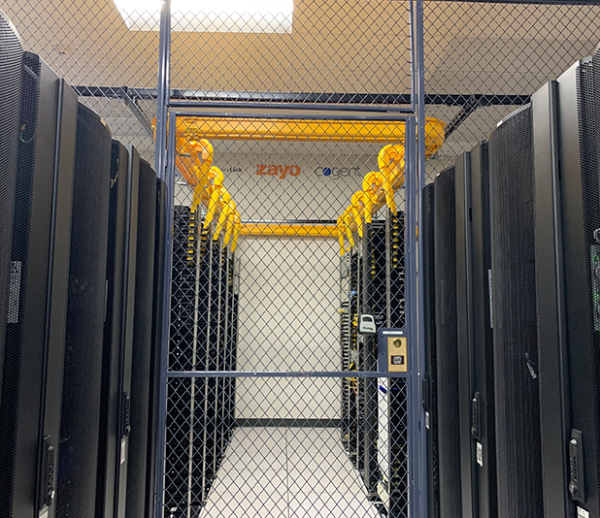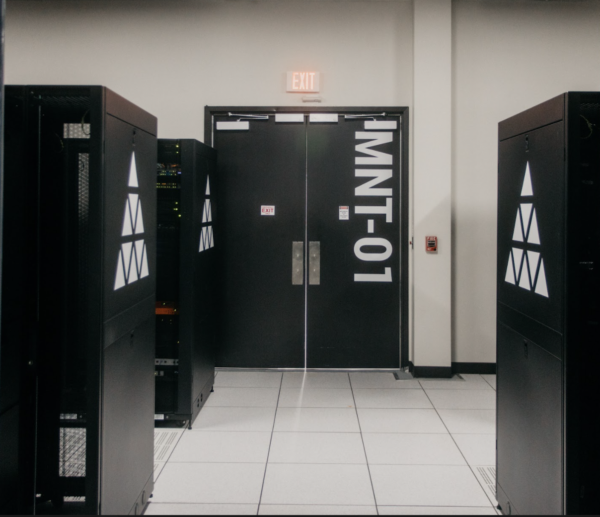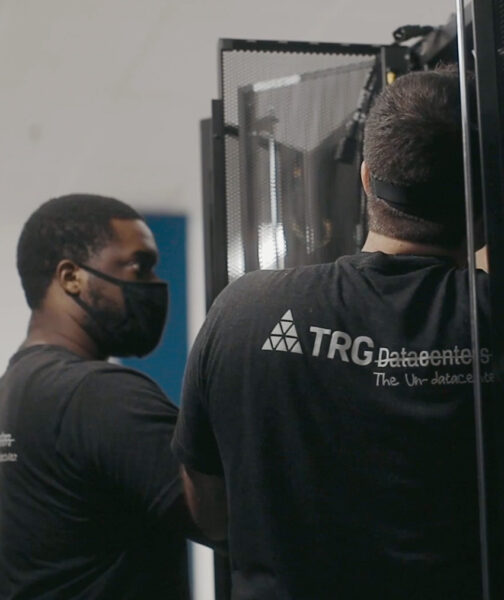What’s the difference between MRC and NRC? If you’ve ever stared at a colocation bill or telecom invoice and wondered why some charges show up once and others show up every month, you’re not alone. The terms “MRC” and “NRC” get tossed around like everyone already knows what they mean. But if you’re running a business or trying to control IT spend, you need clarity—not jargon.
Let’s get into what MRC and NRC really are, how they affect your total cost, and why the way they’re handled can be the difference between an efficient deployment and a blown-out budget.
Understanding MRC: The Ongoing Cost of Access
What is MRC? Monthly Recurring Charges (MRC) are the charges you pay each month to keep your infrastructure up and running. In the data center, this covers your cabinet or cage space, power, cooling, facility access, security, remote hands, and network access.
Most companies expect this—it’s the cost of being live and operational. What they don’t always expect is how much MRC can balloon depending on the provider’s model. Especially when you start adding in things like cross-connects or hourly remote hands. At a lot of data centers, every cable connection to a carrier, a switch, or even another cabinet comes with an extra monthly fee. This monthly fee can be $100-$500 per month per cross connect. It adds up quickly.
At TRG Datacenters, we don’t charge for MRC cross-connects. You’re already paying for the environment, the space, and the infrastructure. Charging you again every month just to connect inside that environment makes no sense. That’s our design philosophy—simple, scalable, and predictable. When you can connect freely, you can design better infrastructure. And when you don’t have to justify an added monthly charge every time you connect to a carrier or another cabinet in the facility, you can actually move faster.
NRC: Where Many IT Deployments Go Sideways
What is NRC? Non-Recurring Charges (NRC) are the one-time costs tied to setting up, modifying, or scaling your deployment. This can include rack and stack, custom power builds, fiber runs, or anything outside of basic service. NRCs aren’t inherently bad. You’re paying for real labor, equipment, custom gear, and logistics. The issue is how unpredictable and inflated these charges can become—especially with some colocation providers.
The biggest driver of high NRCs is outsourcing. A lot of data centers bring in outside vendors to handle installs, cable runs, and procurement of materials. That adds layers of margin and complexity. You’re not just paying for the gear or the labor—you’re paying a markup on top of that, plus whatever inefficiencies come from handing off work to people who may or may not know your environment.
We’ve seen NRCs quoted at two to three times the customer’s monthly rate. That’s not just frustrating—it’s enough to kill a deal. Companies walk when they realize that onboarding into a new data center could cost them a few thousand, hundreds of thousands, or even millions before they go live. It’s a significant upfront cost.
At TRG, we run leaner. We handle most installs and integrations with our in-house NOC team. We don’t add layers of markup for sourcing. That lets us stay competitive on NRCs—even when custom materials are involved.
What’s Really in Those NRCs?
A typical deployment might include rack containment units, rails, armored fiber optic cables, and power whips. Each of these has a cost, and depending on the density or security of the environment, those costs can vary. But the price of the physical equipment should be straightforward. The cost of installing it shouldn’t feel like a black box.
Let’s break it down. Racks and containment can be custom-fitted or prefabricated. We can source and install both. Armored fiber—often military-grade—is used when you need high durability and added protection. It’s not cheap, but you want the charge to reflect the actual cable and labor, not a bloated markup. Power whips, especially in high-density environments, need to be planned carefully. They can be expensive from a material perspective. But again, this is a known quantity. There’s no reason for surprises.
If your provider is outsourcing this work, ask who’s doing it. Ask how it’s priced. If you don’t get a straight answer, you should expect to overpay.
Upfront Cost vs Lifetime Value
When companies make colocation decisions, they tend to focus on the MRC. That’s the recurring cost that shows up in the budget each month. But NRC can’t be ignored—especially when it’s front-loaded and substantial. It’s a large capital expense.
A low MRC can look great on paper. But if it’s tied to a massive NRC for onboarding, your real cost of deployment goes up fast. That matters if you’re watching ROI or managing runway.
TRG’s pricing model aims to create balance. We keep NRC competitive so the barrier to entry stays low. We don’t use it to make up for a discounted MRC. We don’t bury setup fees in vague labor categories. And we don’t outsource installs unless there’s a very specific customer requirement. That’s how we keep pricing honest.
Scale Without Surprise
The real problem with unpredictable NRCs is that they make scale harder. You can’t model cost-to-grow if every expansion depends on one-off quotes and variable third-party labor. You can’t commit to infrastructure if you don’t trust the pricing behind it.
That’s why our approach is to simplify wherever we can. If you need to scale into another cabinet, we can tell you exactly what it will cost. If you need new connectivity, we won’t bill you extra each month just to run a new cable. That’s how we build long-term relationships with our clients—they know what to expect, and that lets them move with confidence.
Colocation Costs Shouldn’t Be a Guess
The divide between MRC and NRC is simple. But how it’s implemented varies wildly between providers. Some use NRC to recover their margins. Others use MRC to trap you in long-term costs. The right provider will show you everything clearly and give you pricing that supports your business—not their bottom line.
If you’re considering colocation and the provider is vague about how much installs cost, who’s doing the work, or what you’re really paying for in your NRC, it’s time to ask harder questions. If they’re charging you MRC for cross-connects that cost them nothing to maintain, it’s time to look at the model.
At TRG, we’ve built our pricing around one idea—costs should make sense. Whether it’s a one-time fee or a monthly charge, you should know exactly what it’s for, why it’s necessary, and how it supports your deployment.
